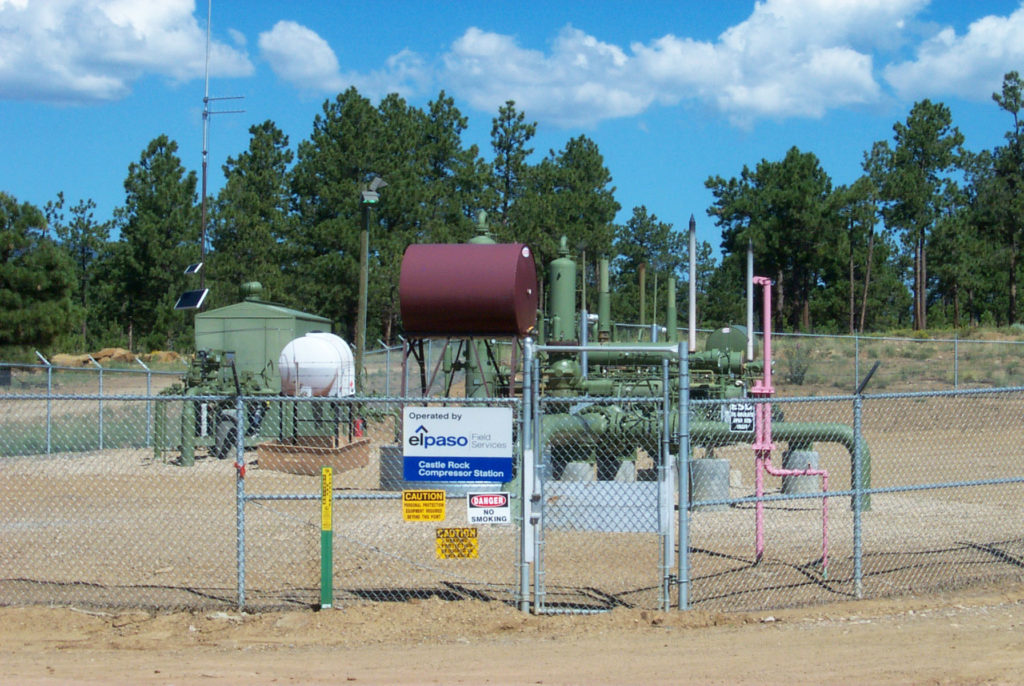
Dehydrators
Dehydrators remove water and water vapor from natural gas. The most common type is a glycol dehydrator. Glycol is a chemical that absorbs water and, as it becomes heavier, separates out from the gas. Glycol dehydrators release methane, volatile organic compounds, and hazardous air pollutants that can harm the climate and public health. The EPA recommends that operators instead use solid-desiccant dehydration, which relies on silica gel and other products to absorb water vapor.
Cryogenic plants
Cryogenic plants separate out Natural Gas Liquids (NGLs), which primarily include ethane, butane, propane, and pentane. NGLs have many uses and are the feedstock for the petrochemical and plastics industries. The cryogenic process cools gas to very low temperatures using refrigerants and a system of tanks and pipes. Heavier NGLs are separated from gas through a system based on oil, heat, and a system of tanks and pipes.
Gas Processing Units (GPUs)
Gas Processing Units (GPUs) remove condensate (also called “drip gas” and “natural gasoline”) from natural gas. Condensate is a hydrocarbon that is used as a very light crude oil or to dilute heavier crude. GPUs use a heating and absorption process to separate out condensate near well sites or at compressor stations. Condensate is a hazardous substance and highly volatile, posing an explosion risk when transported by train or tanker. Condensate production has risen significantly in recent years and it is now being exported from the United States.
Gas sweetening plants
Gas sweetening plants remove hydrogen sulfide (H2S) from sour gas through a process that uses ammonia-based products (amines) and a system of tanks and cooling units. H2S is used to produce sulfuric acid, which is a key ingredient in the manufacture of rubber, plastic, pharmaceuticals, and other products.
Tanks
Tanks are an integral part of processing plants and well sites. They are used to store water, condensate, and NGLs after separation. Whenever tanks leak, they release methane, volatile organic compounds (VOCs), and other pollutants.
For More Information
- Energy Information Administration overview of NGLs and their use.
- The Allegheny Front FAQ on ethane crackers.
- The process of glycol dehydration explained in a YouTube video.
- EPA’s technical overview of the process of “sweetening” sour gas.

